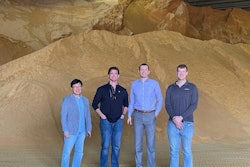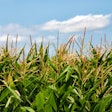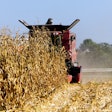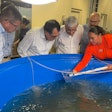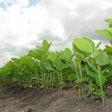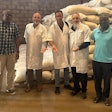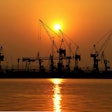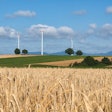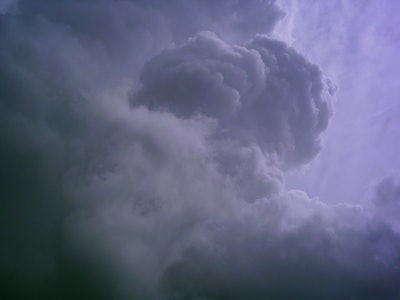
Devastating images of flooding in Rio Grande do Sul in Brazil have been very sad, mainly due to the loss of human lives, followed by property, infrastructure and so on. However, I will focus on animal production.
Initially there was talk of food supply chain problems which will obviously affect the state of Rio Grande do Sul’s population but will also affect the rest of the country as well – and potentially exports. These disasters bring into perspective how many things are affected: distribution of feed, boxes, packaging materials, not to mention transportation of animals to processing facilities (if they did not drown) or eggs to distribution centers, electricity for lighting farms or for plants functioning.
The Rio Grande do Sul poultry industry has been returning, step by step, to production and processing. It was wisely said not to cause alarm, because that will not help at all. But maybe we all need to think about this event.
First, let’s put the state of Rio Grande do Sul in perspective. According to the recently published Brazilian Animal Protein Association (ABPA) Annual Report (available only in Portuguese for the time being), the state makes up 11.4% of the nation’s broiler production, with 604 million birds in 2023. From the total exported by Brazil last year, 14.8% came from Rio Grande do Sul. Also, 37.1% of turkey meat exported by Brazil was produced in this state. Likewise, the state is home to 5.73% of the Brazilian layer population – in 5th place nationwide. Just this past month of April, Rio Grande do Sul was the third largest exporter of chicken meat, with 69,200 metric tons (MT), 20.4% more than the same month last year, with the port of Rio Grande as one of the main exits for exports.
Rio Grande do Sul is also a very important grain and oilseed producer. According to Conab (the National Supply Company) data, the state produced 21.8% of the country’s corn (first crop) and 14.5% of its soybeans in the 2023/24 crop.
So, having said this, it seems that food production is at stake if we do not really pay attention to climate change. But, please, don’t take me wrong, I am not blaming the poultry industry. It is everybody’s fault. We have not changed our lives as we know them. We keep on hurting the planet and ourselves. This time it is Rio Grande do Sul, but Mexico, for instance, is suffering a severe drought as we speak. Who’s next?
What do you think?






